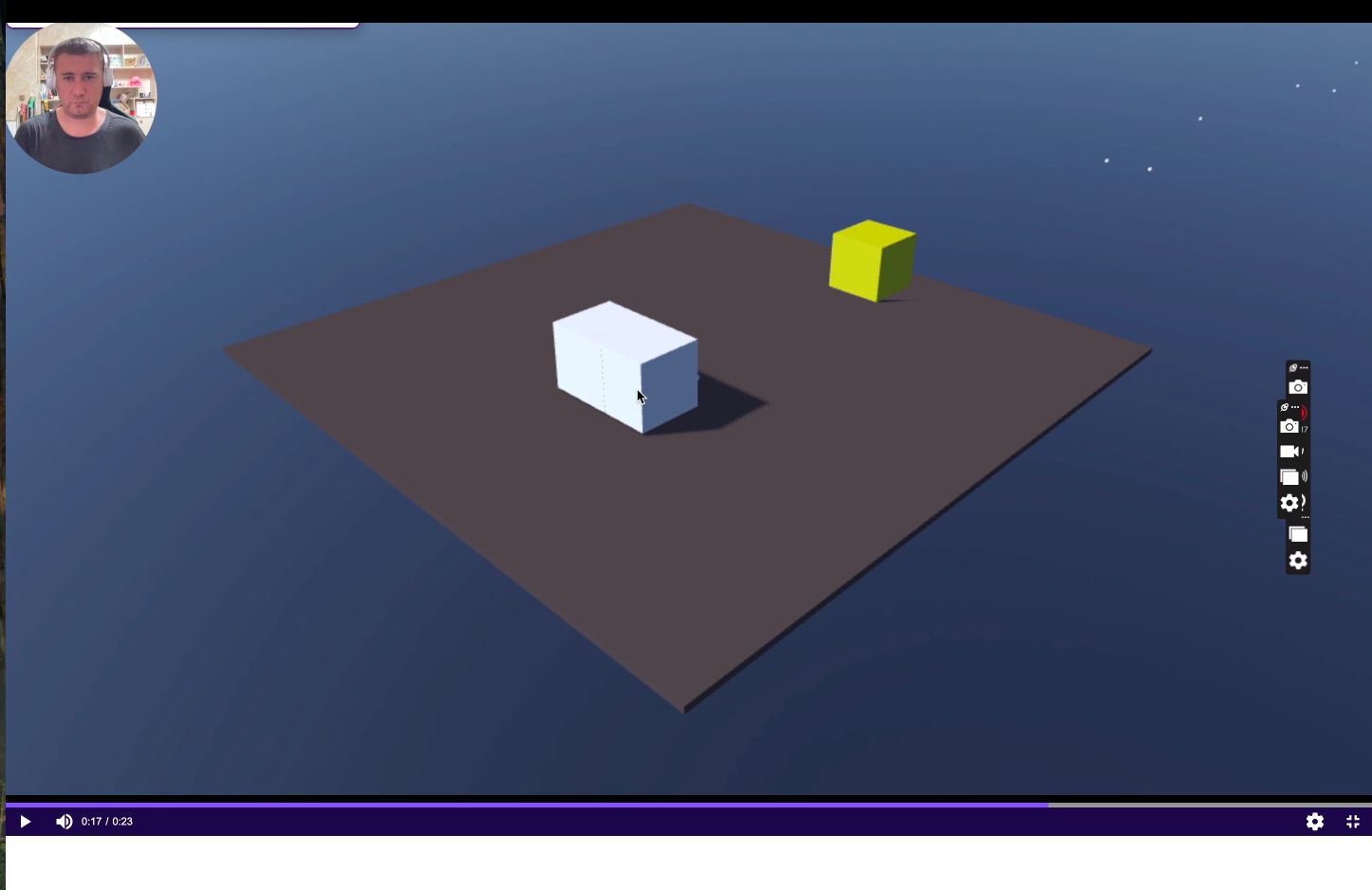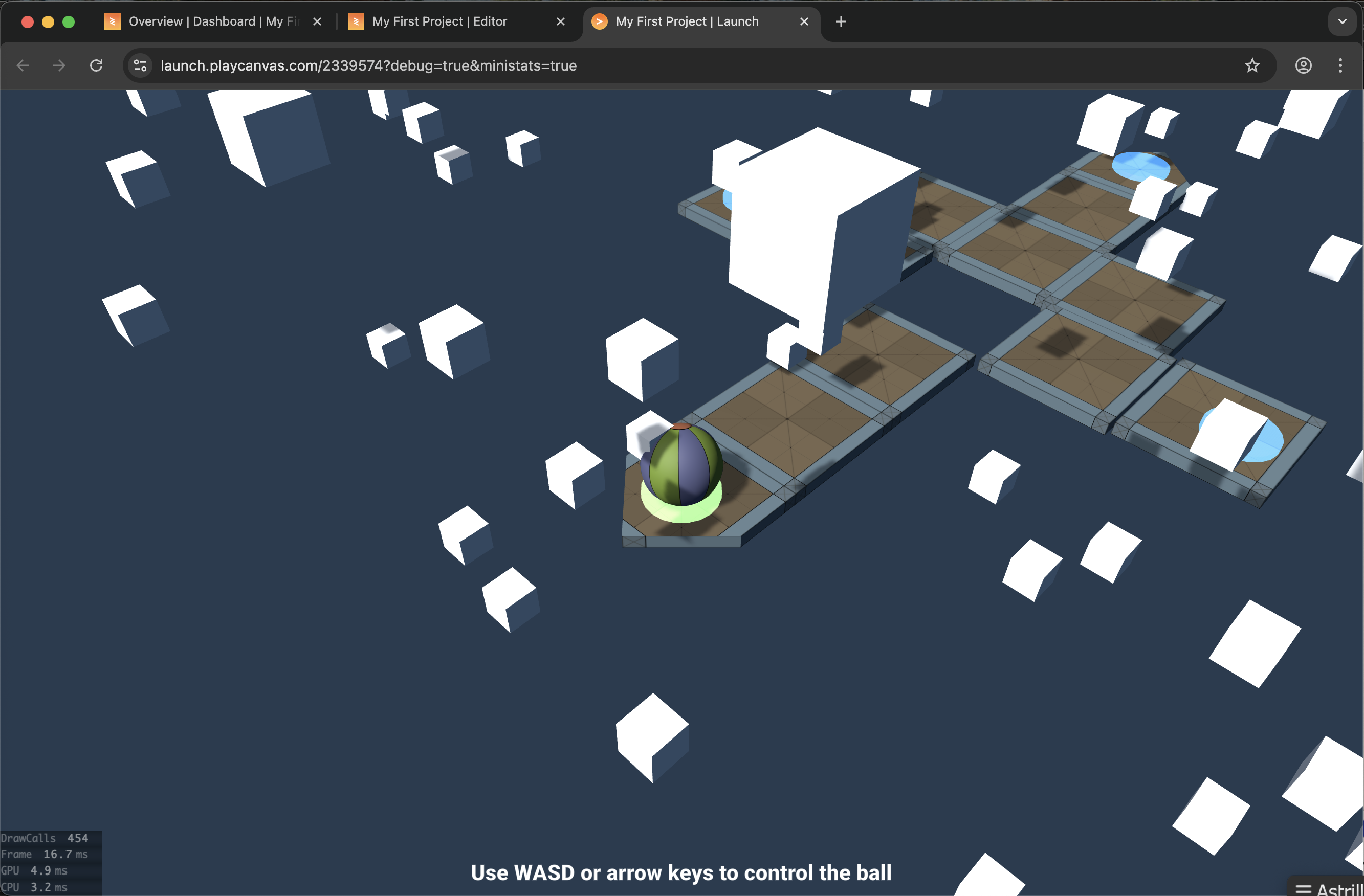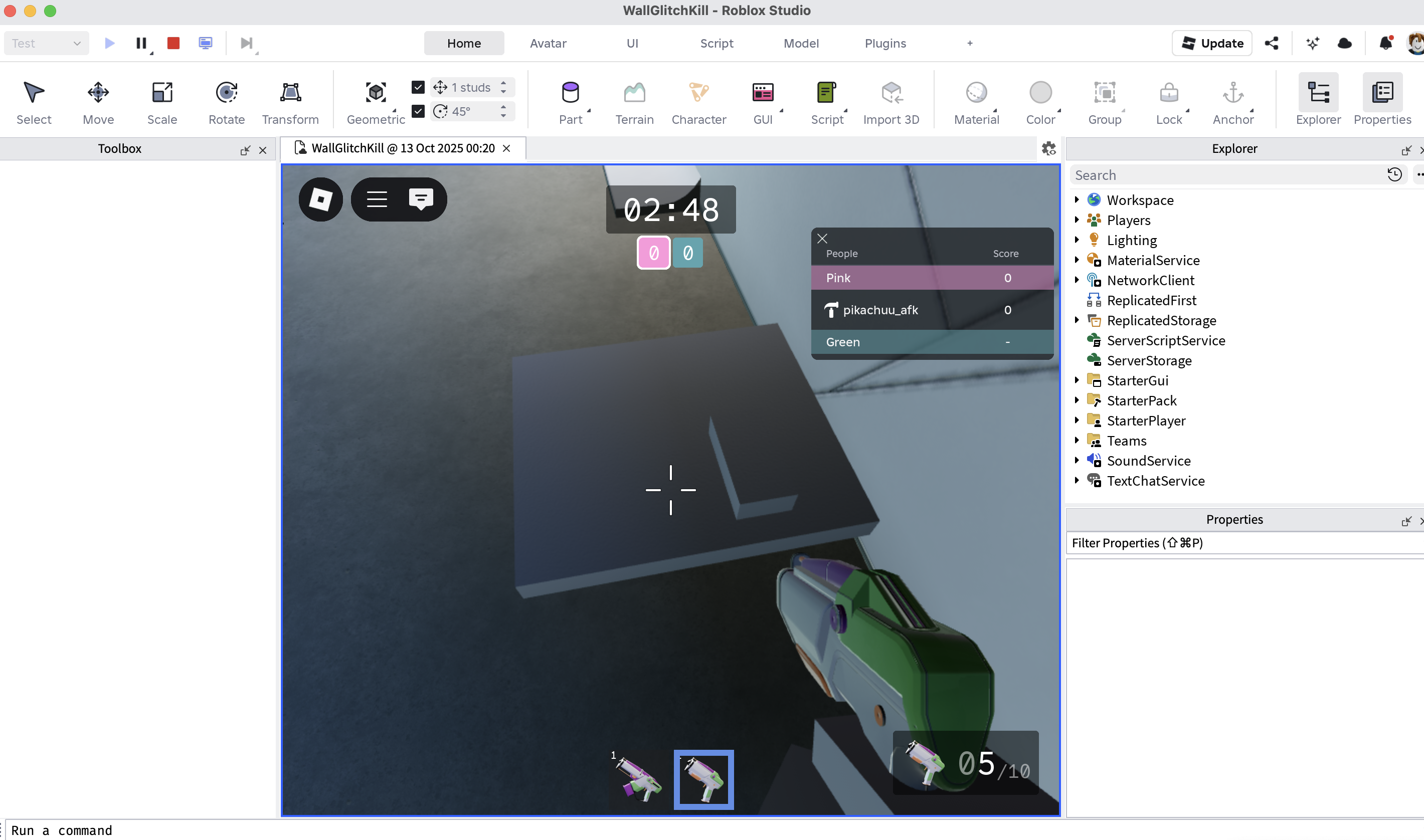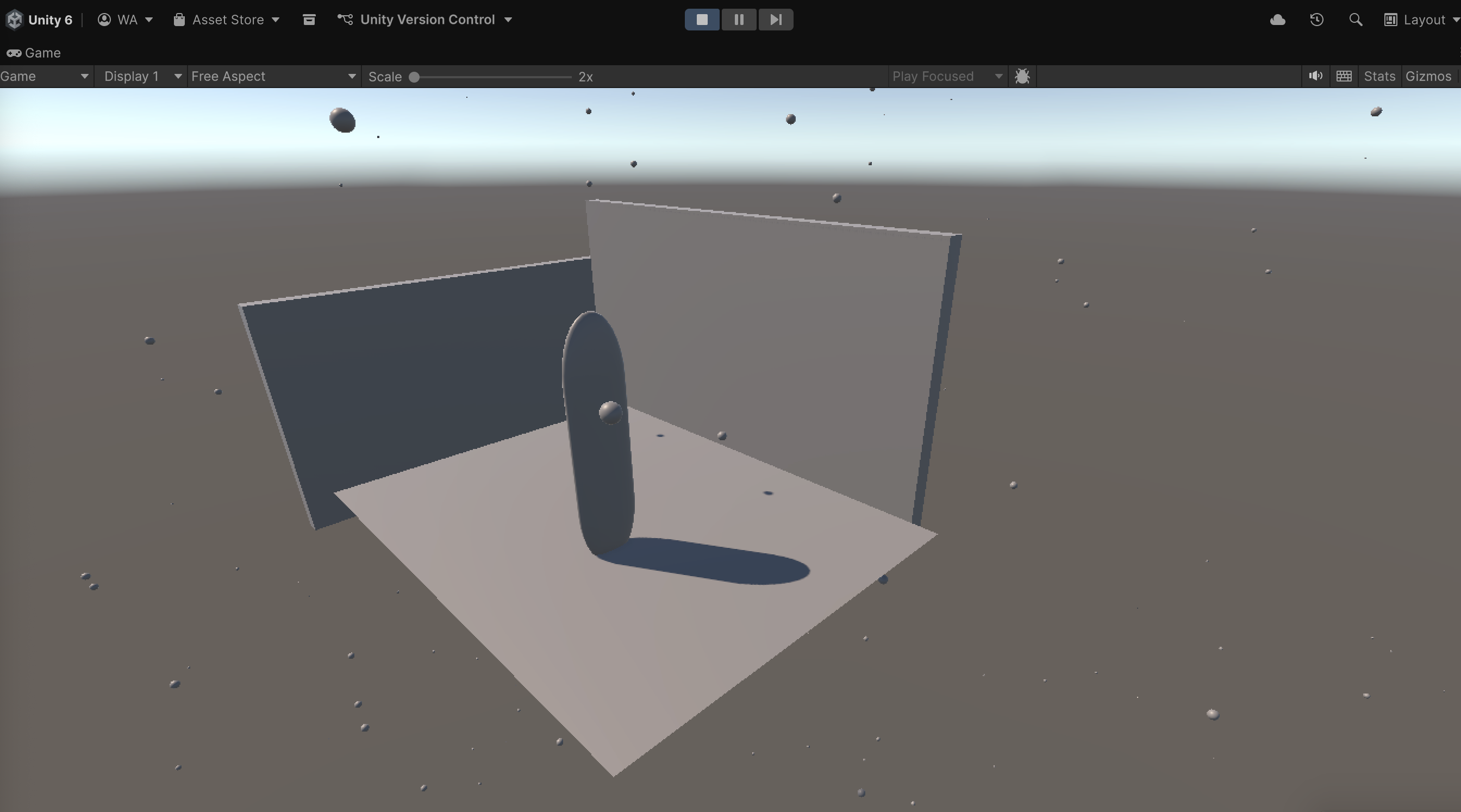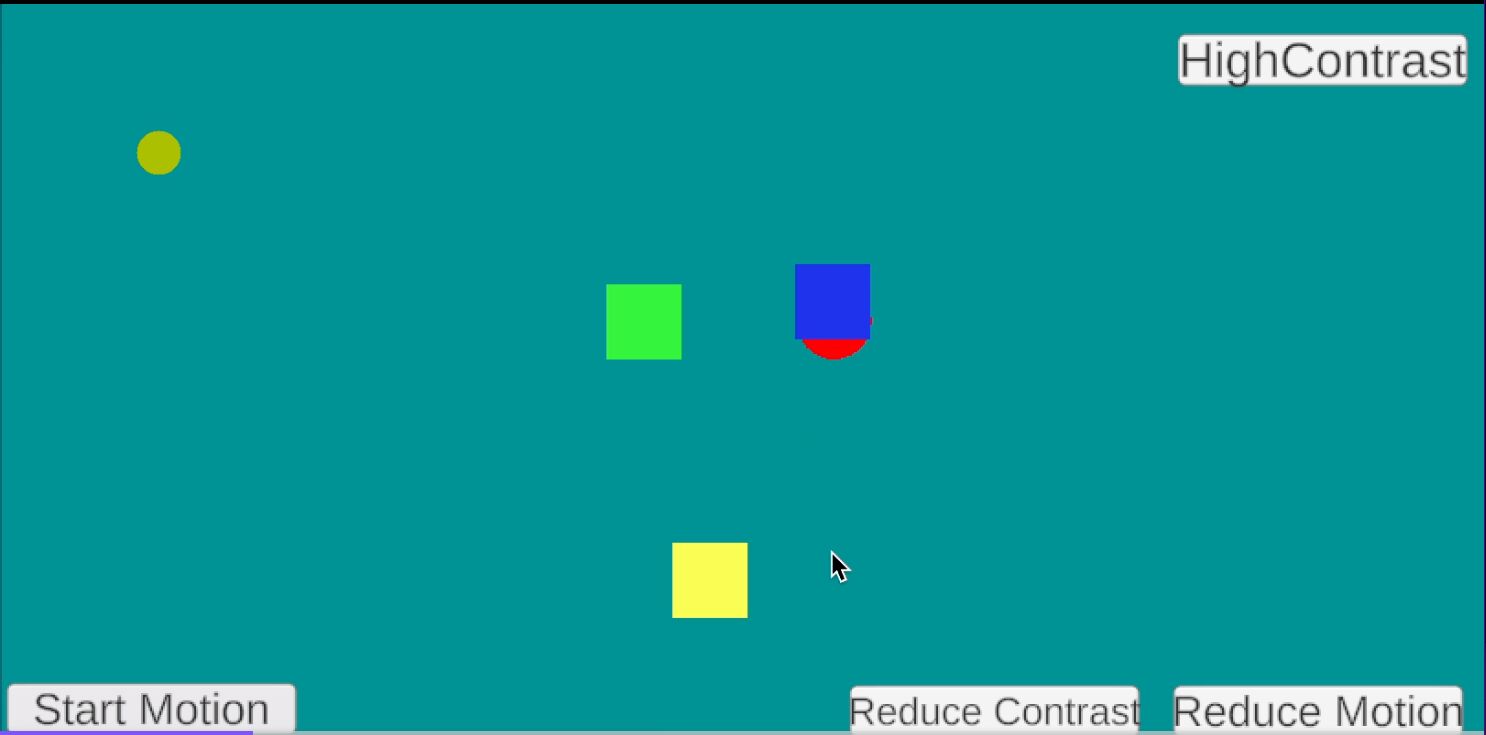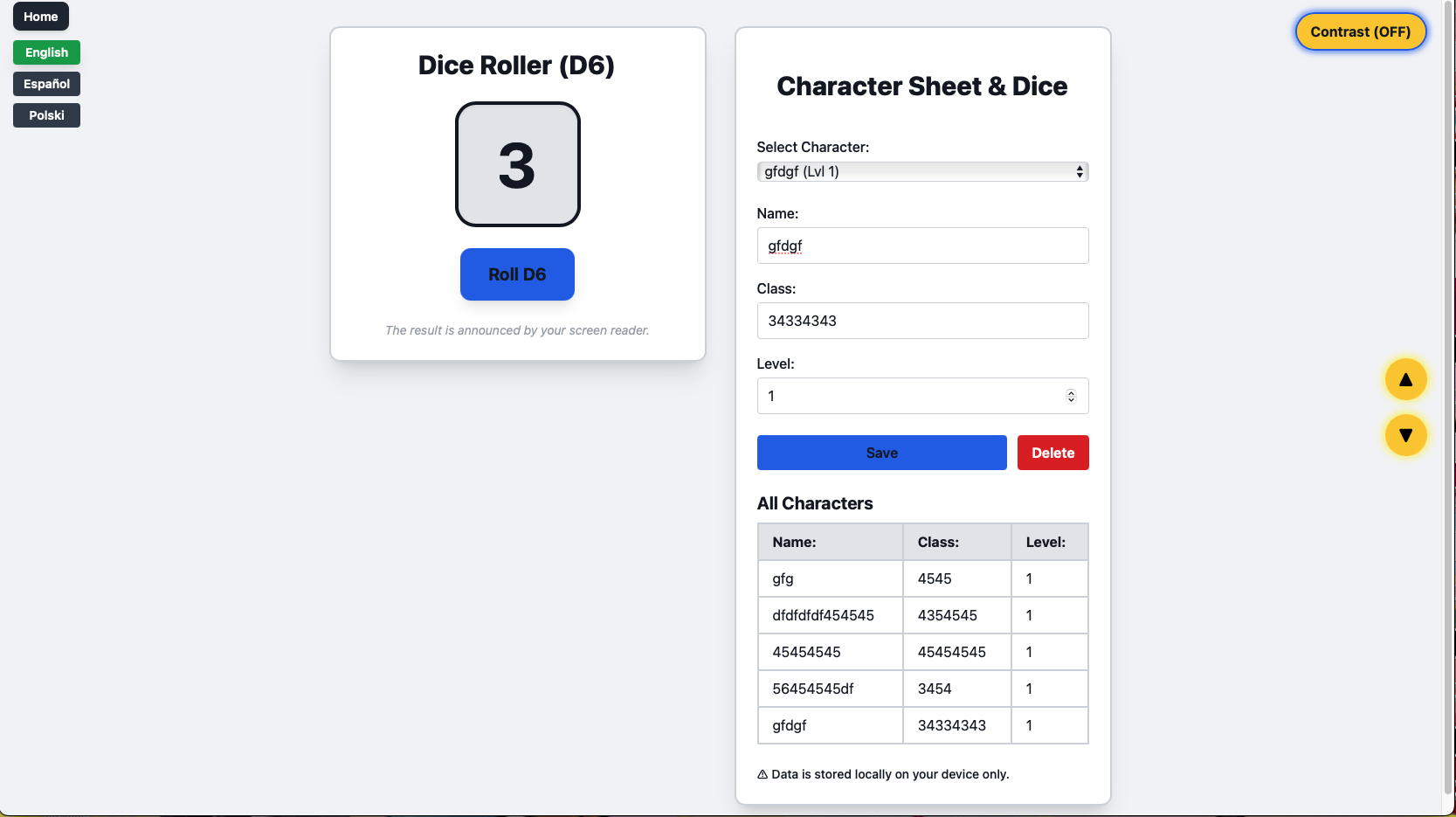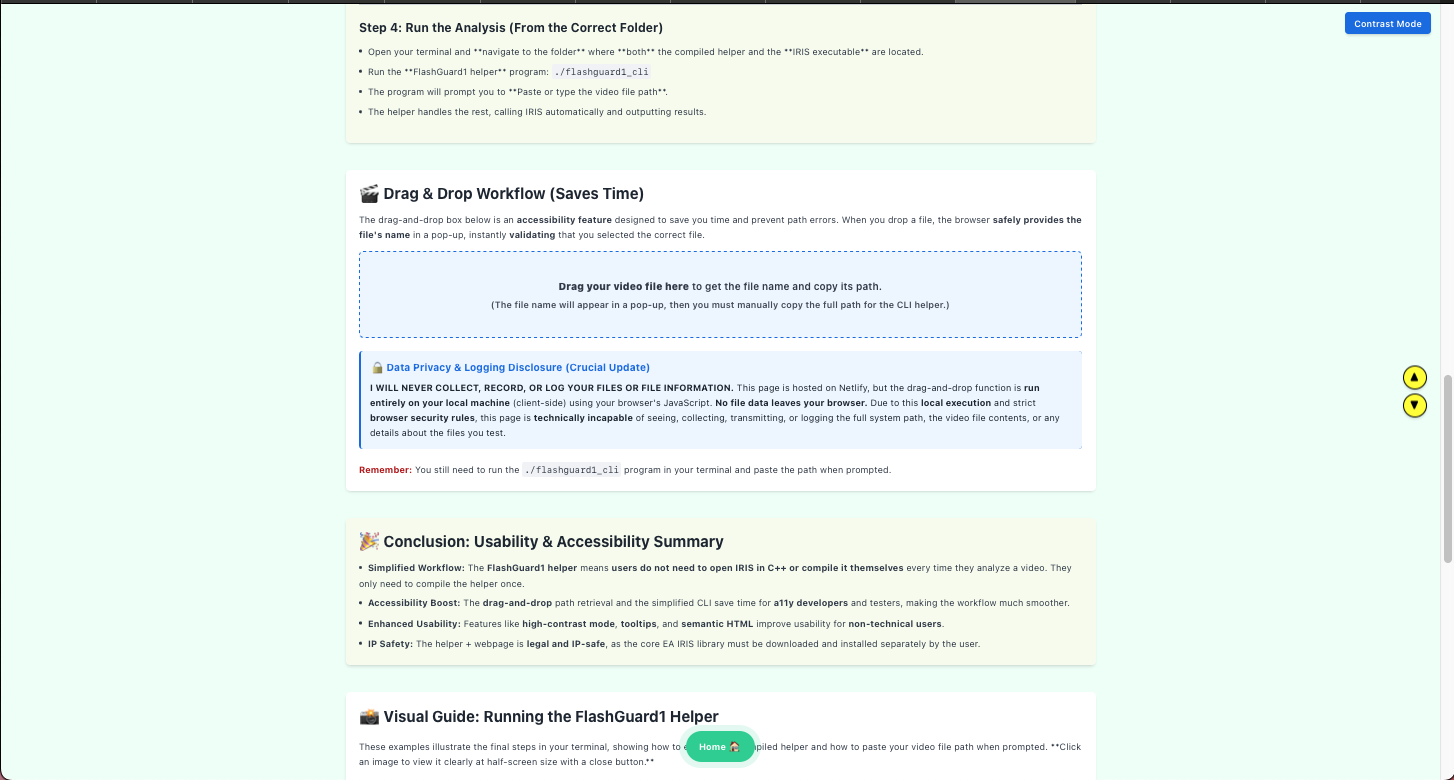1️⃣ What’s your process for analyzing a game bug?
I isolate the environment, test 3+ times to confirm reproducibility, then log version, steps, and probable causes using Loom or Jira with frame/timestamp notes.
2️⃣ How do you use debounce or coroutines in QA?
Debounce prevents excessive inputs from firing multiple events per frame. Coroutines help test time-based events like cooldowns or AI response delays precisely.
3️⃣ What tools do you use to document bugs?
Loom for recordings, Jira for structured bug tickets, Notion for daily QA logs, and Git for version tracking to compare behaviors across builds.
4️⃣ Which engines do you test in?
Unity, PlayCanvas, and Roblox Studio. Each has different timing and physics systems — great for comparing how similar bugs behave across platforms.
5️⃣ What’s your philosophy as a QA tester?
Break intentionally. Document clearly. Communicate constructively. I test like a player, but report like a developer.
6️⃣ What types of bugs are you best at identifying?
AI pathfinding, collision issues, animation desyncs, event timing, debounce errors, and client-server replication inconsistencies.
7️⃣ How do you stay objective testing your own work?
I define expected results first, then deliberately test extremes. I log my assumptions so I can see *where I was wrong*, not just where it broke.
8️⃣ How do you write professional bug reports?
Each report includes: title, environment, reproduction steps, expected vs actual results, Loom clip, screenshots, and tone-neutral commentary.
9️⃣ What do you do with non-reproducible bugs?
Test on different framerates/devices, note intermittent conditions, and flag possible timing or resource conflicts for developer review.
🔟 Why share public QA demos?
Because it demonstrates the entire process — bug discovery, reproduction, and documentation — showing my technical and communication skills transparently.
11️⃣ How do you prioritize which bugs to report first?
I use severity (game-breaking, exploitable, visual, cosmetic) combined with frequency. High-severity + reproducible = top priority.
12️⃣ What’s the hardest bug type to track?
Intermittent physics desyncs — when the bug happens only under exact frame load or network lag conditions. Requires patience and version testing.
13️⃣ What do you focus on in multiplayer QA?
Replication, latency effects, hit registration accuracy, and ensuring consistent player state between clients and the server.
14️⃣ How do you test performance under stress?
Simulate load using multiple NPCs, heavy assets, or reduced frame caps — observing bottlenecks, memory spikes, or collision drops.
15️⃣ What’s your workflow for Unity QA tests?
Set up controlled prefabs, test coroutines, confirm physics layers, then log results using frame-by-frame analysis and debug overlays.
16️⃣ How do you handle repetitive testing fatigue?
I break sessions into focused intervals (Pomodoro), track goals visually, and rotate test cases to maintain fresh perception.
17️⃣ What’s your approach to testing accessibility?
I evaluate color contrast, text clarity, control remapping, and whether motion cues or audio prompts are accessible to all players.
18️⃣ How do you communicate bugs with developers?
I use concise tickets, attach videos, and include suggested context — never blame, only data. QA and dev are teammates, not opponents.
19️⃣ How do you handle critical bugs before deadlines?
Prioritize clarity and speed — quick Loom clip, step list, and assign severity tag. Then keep testing other areas until confirmation of fix.
20️⃣ What’s your biggest QA lesson so far?
Every bug tells a story. It’s not about breaking things — it’s about understanding *why* they broke and how that improves the game.
 LinkedIn
LinkedIn
 Itch.io
Itch.io
